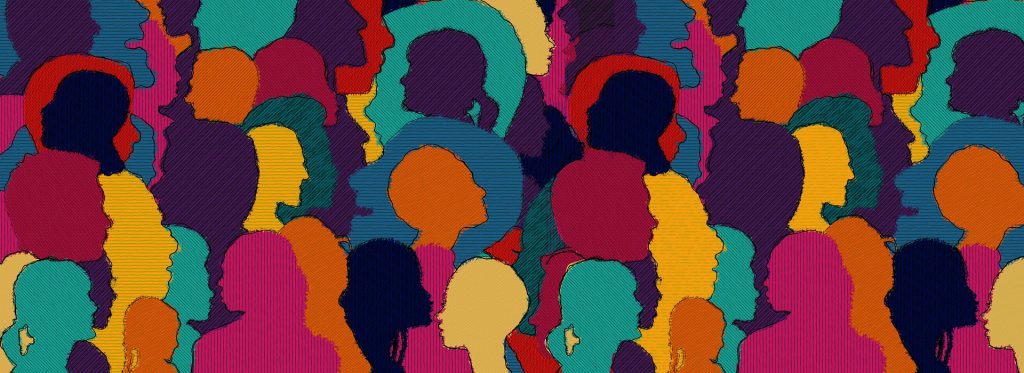This post is also available in Dutch.
Technology is typically created and shaped by developers. However, real breakthroughs lie in diversity of ideas and cross-talk of different fields.
Understanding of robots by children in Tanzania and Denmark
In 2016, a Danish cultural anthropologist Cathrine Hasse asked a group of Tanzanian children to draw a robot. The drawings and subsequent interviews with children revealed that few of them knew what the word robot meant. Tanzanian children mainly drew things that they liked or admired (big cars, the Tanzanian flag), which contrasted with the drawings obtained from an earlier study with Danish children. Because people in Tanzania and Denmark have different experiences and media, the drawings were also different between the two countries.
Danish children did not hesitate to draw a robot, although the ways to depict one differed: some Danish children drew it as a machine, while others depicted it as humanoid. This suggests that whether we have a concept of something depends on our experiences: due to a different media environment, children in Tanzania did not have a concept of what a robot is, whereas Danish children did have it, albeit one largely formed by “media robots” that are typically portrayed as lifelike creatures. Are there drawbacks of not having a concept? Hasse suggests that this inequality could imply that because Danish children can conceive of robots, they can also “influence the design of a robotic future”. Although she adds that it is most likely that children with the hands-on experience with technology are the ones closest to shaping its design.
Technology that grows out of diversity of ideas
Currently, the people with the hands-on experience and computational skills are the ones that shape the technology landscape, including digital technologies and artificial intelligence (AI). But it shouldn’t be like that. One problem with this is the risk of creating vast disparities between different groups of people, more so than already is the case. Another issue is that the creation of an important body of technology, of which AI is a prime example, requires everyone’s contribution. This contribution entails people across multiple domains. If we are thinking only in terms of computer science, data science, or neuroscience, we risk missing the role of culture in how people relate to technology, among other things that may matter. Thus, we need to involve other fields, such as linguistics, psychology, anthropology, etc., which can shine a light on different factors, and help create a fairer technology environment.
It matters for both fairness and progress who is involved in conceptualizing and creating technology. The more diverse people are involved, the better, whether they are developers, cultural anthropologists, or artists.
Credits
Original language: English
Author: Julija Vaitonyte
Buddy: Christina Isakoglou
Editor: Rebecca Calcott
Translator: Wessel Hieselaar
Editor Translation: Roeland Segeren
Image by Gerd Altmann via Pixabay
